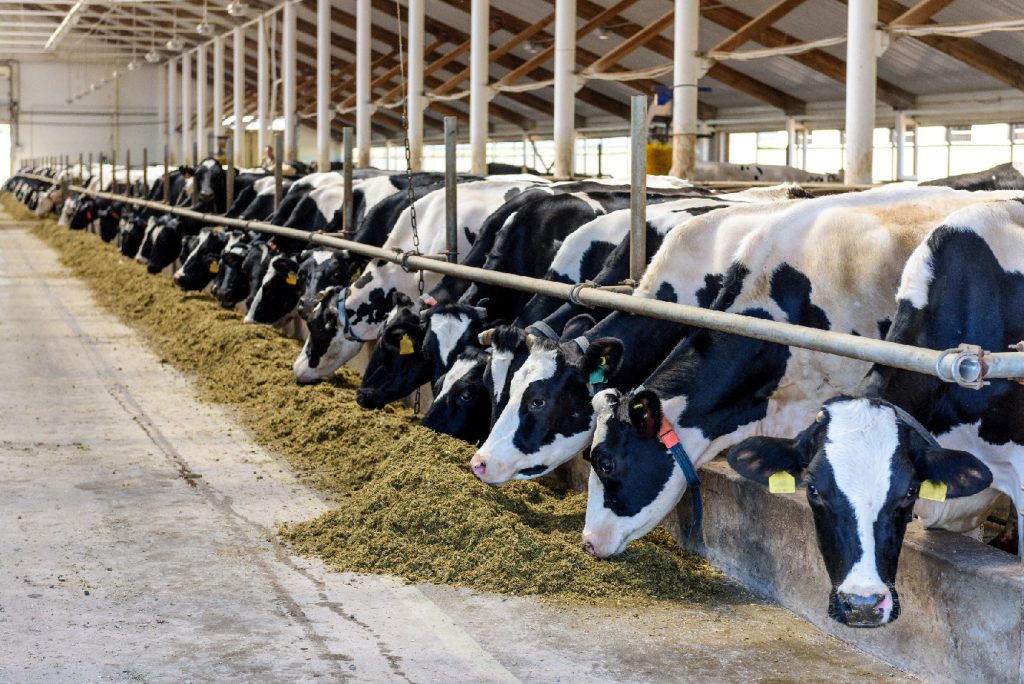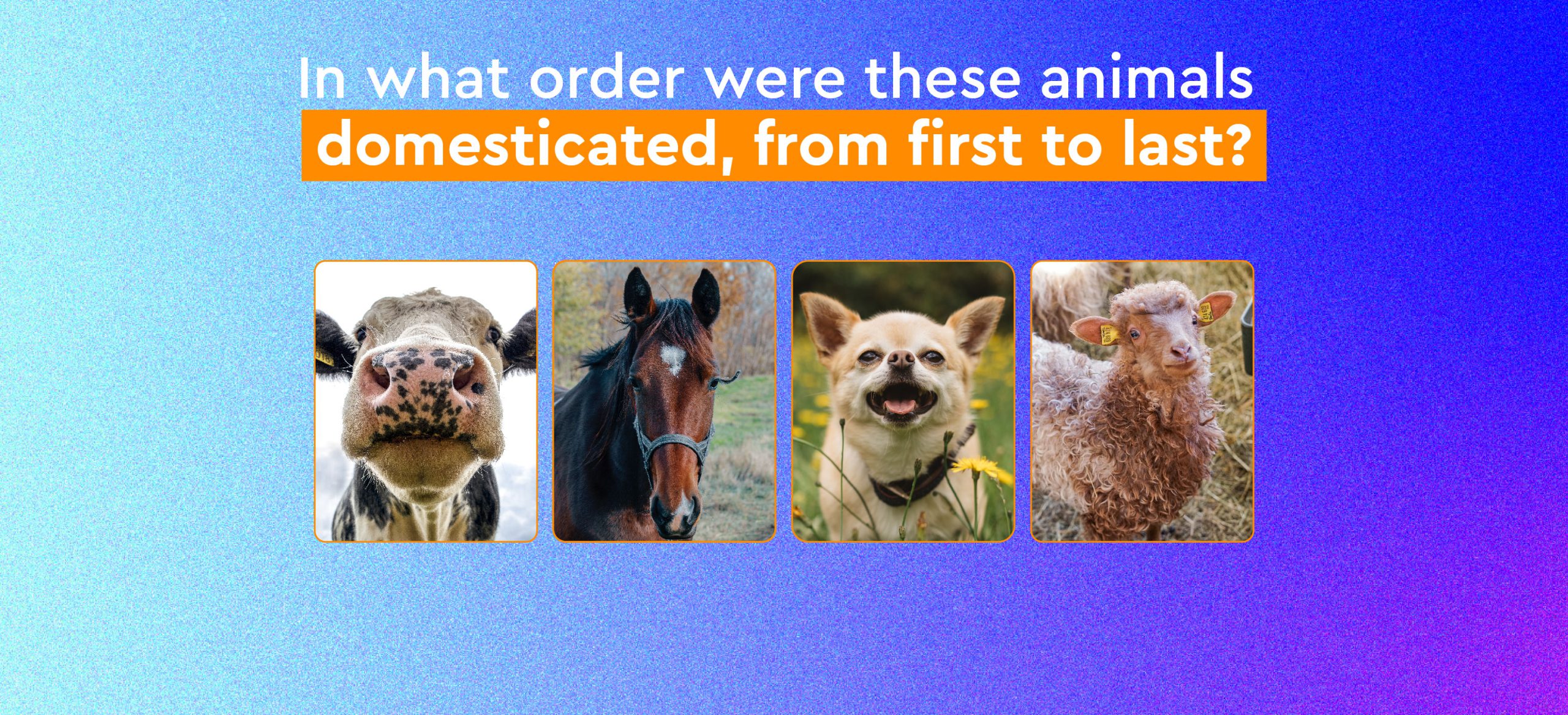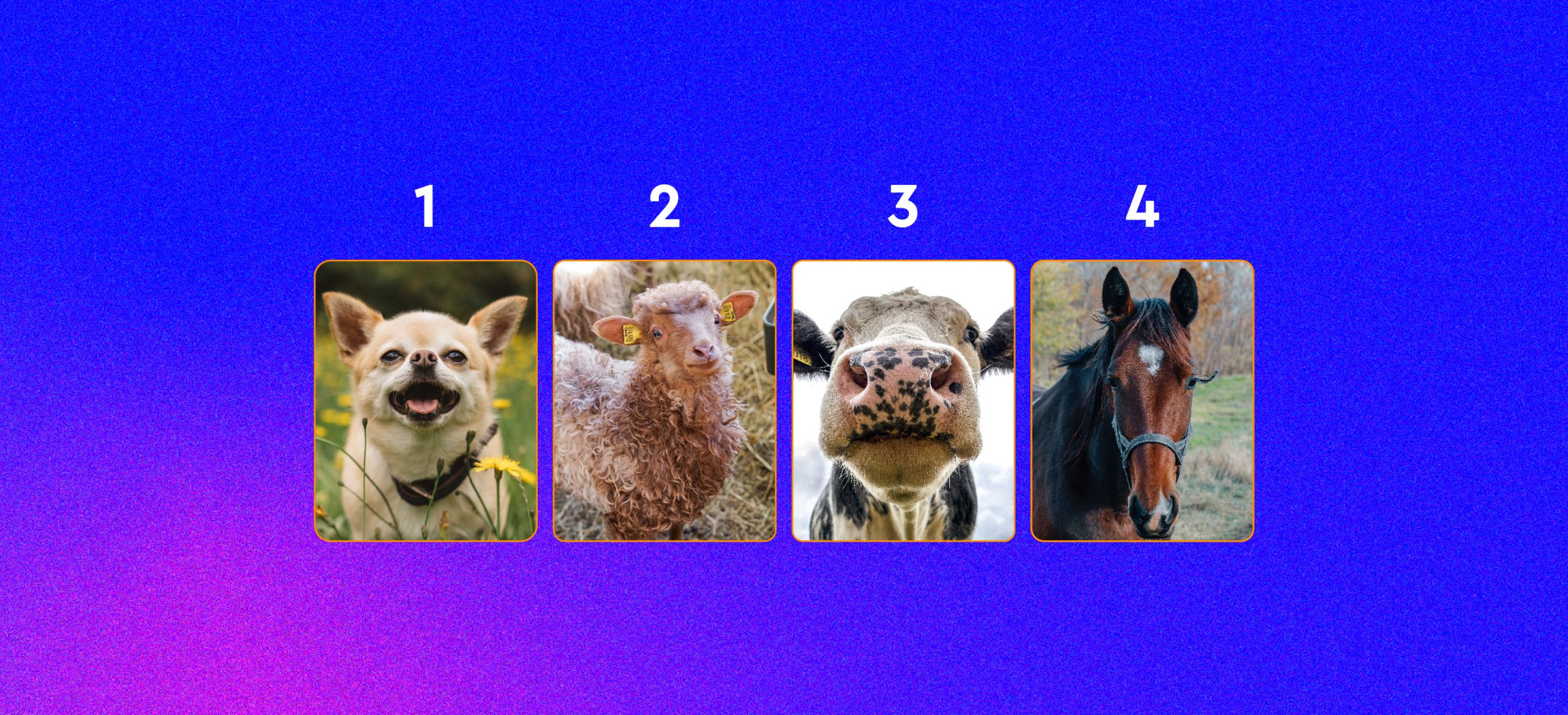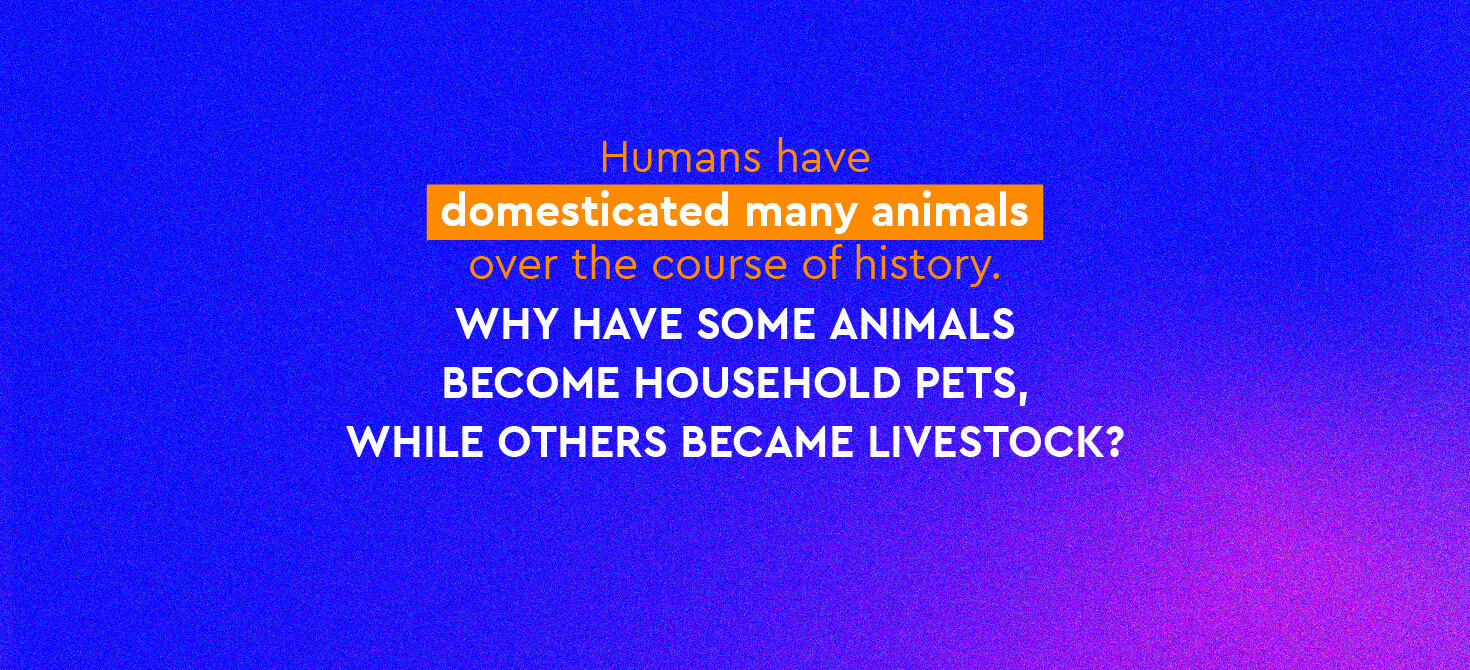

Did Animal Domestication Go Too Far?
Did Animal Domestication Go Too Far?
Cows and pigs revolutionized human economies, but the tremendous biomass reached by domestic animals is now a major concern
Dogs are not only man’s best friend, but they are also his oldest. They domesticated themselves in Eurasia at least 15,000 years ago, when Homo sapiens were still living a hunter-gatherer lifestyle. Other animals such as sheep, cows, horses, alpacas and pigs were domesticated only after the transition to agricultural societies, and were used as sources of food and muscle power. So, dogs sure got the better deal.
The domestication of animals changed humanity and the world. These animals revolutionized human economies, warfare and transportation, helping transform small communities of farmers into states and empires. As humans benefited from animals’ muscle power and food production, their numbers increased.

Today, as the earth is facing a sixth mass extinction of animal species and plants, the tremendous biomass reached by domestic animals is a major concern, as their impact on the environment and their resource consumption is dramatic: two thirds of the terrestrial vertebrate biomass on earth is made of domestic animals; the other third is made of humans, while wild animals only represent 3%-5% of the terrestrial biomass. If all megafauna eventually go extinct, the largest mammals on earth will be cattle. So, while animal domestication helped us build our modern world, it also poses grave danger to this very world.
Group Activity
- Divide the group into several teams.
- Pick one of the questions from the list below and let each team discuss it and then present their thoughts to the group; Alternatively, assign each team with a different question, and when they present it to the group ask the remaining teams for their thoughts as well.
Questions
- Humans domesticated many animals over the course of history. Why did certain animals become pets while others are used for their meat and muscle power?
- The domestication of cows, sheep and pigs led to mammals in the meat and dairy industries being the most common mammals on earth – their numbers reaching billions, while some mammals living in the wild (like the Black rhinoceros) are on the brink of extinction. Who do you think is better off: farm animals or wild animals?
To delve deeper, give each team an article from the list below (you can assign all of the articles or choose between them). Ask each team to summarize the article’s main argument(s) and present it to the group. Things to note and address: where was the article published (a magazine? A news website? An academic journal?) Who is the author (a columnist? An academic?). Each team can also turn the article’s core argument into a slogan (“AI deletes the I”, “The solution is evolution”, etc.). Ask each team to present their thoughts on the question to the group.- Article 1: Industrial farming is one of the worst crimes in history. The Guardian, September 2015
- Article 2: If you want to save the world, veganism isn’t the answer. The Guardian, August 2018
- Why do you think most animal species were domesticated in Eurasia and not in other regions of the world?
- For an overview of the origins of animal domestication and husbandry, see here.
- Some scientists argue that foxes in urban areas are starting to domesticate themselves. What would a human-fox relationship be like?






